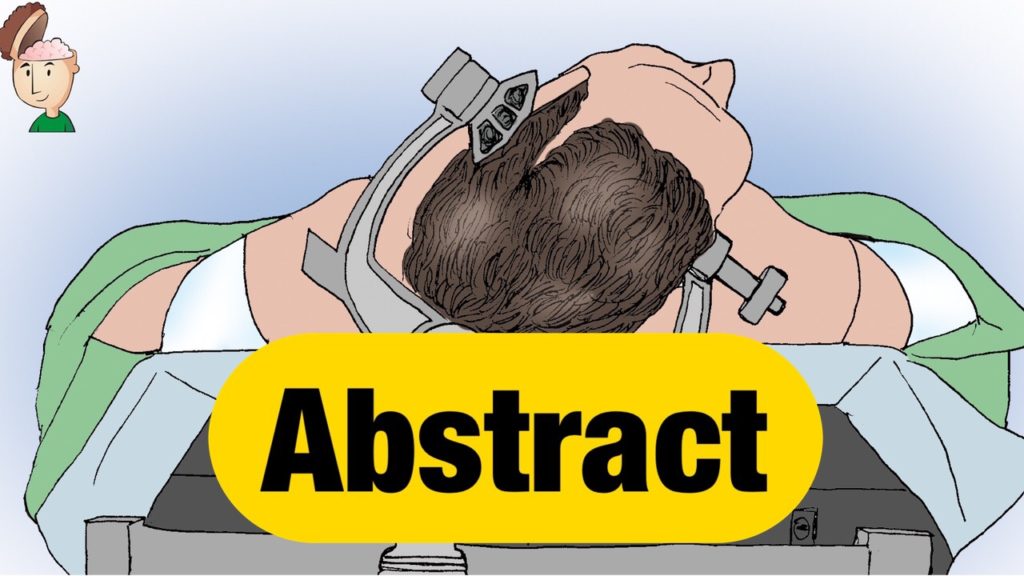Cranial holders are used routinely in cranial and spinal surgery with rare reported complications, but frontalis palsy has not been reported as a complication of a Mayfield pin placement. Injury to the temporal nerve, a branch of the facial nerve that supplies the frontalis muscle, is possible because of its subcutaneous nature.
Acute Postoperative Unilateral Frontalis Palsy With Spontaneous Resolution After Placement of Mayfield Skull Clamp
Mary Lundgren 1, Wissam Elfallal, Daniel ParkAffiliations expand
- PMID: 33939397
- DOI: 10.5435/JAAOSGlobal-D-20-00123
Abstract
Cranial holders are used routinely in cranial and spinal surgery with rare reported complications, but frontalis palsy has not been reported as a complication of a Mayfield pin placement. Injury to the temporal nerve, a branch of the facial nerve that supplies the frontalis muscle, is possible because of its subcutaneous nature. A 78-year-old man presented after a fracture dislocation at C7-T1 following a ground level fall. He had progressive axial neck pain and clinical signs of C8 radiculopathy. The patient underwent elective C5-T2 fusion with an open reduction and internal fixation with the use of Mayfield skull immobilization. Postoperatively, he had right unilateral frontalis palsy. The patient was followed clinically for over 12 months and was treated conservatively without surgical intervention or nerve testing. He had spontaneous resolution of palsy with full recovery 2 months postoperatively. Proper placement of the Mayfield skull clamp is key to preventing complications. Knowledge of the landmarks for the temporal nerve assists in safe pin placement to avoid procedural morbidity. Frontalis palsy, if occurs, can be monitored for spontaneous resolution in the postoperative period.

